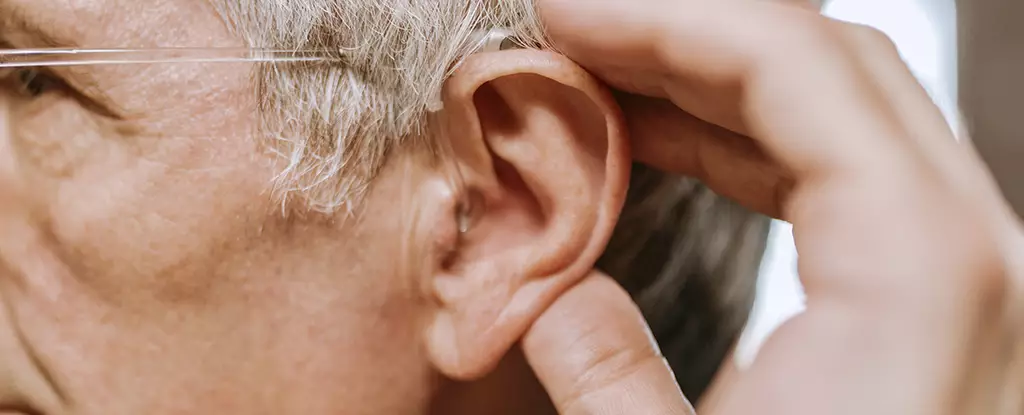The human ear is a remarkable organ, deftly tuned to detect a range of sounds, from thunderous roars to the faintest whispers. Recent groundbreaking research at Yale University has uncovered new dimensions to our understanding of how the inner ear processes sounds, particularly those at low frequencies. This article delves into the innovative findings of physicist Benjamin Machta and his team, highlighting their implications for our understanding of auditory perception and potential avenues for addressing hearing impairments.
At the center of this research is the cochlea, a spiral-shaped structure within the inner ear that plays a crucial role in our ability to hear. Machta’s team initially aimed to unravel the mechanisms that allow the ear to detect faint sounds while avoiding the pitfalls of acoustic instability. However, their investigations led them to discover previously unidentified low-frequency mechanical modes that the cochlea can support.
Traditionally, it has been understood that the cochlea possesses discrete patches where hair cells reside, specifically tuned to certain frequency ranges. These hair cells react to vibrations caused by sound waves, producing nerve signals that the brain interprets as meaningful sounds. What’s particularly intriguing about this new research is its revelation of a more sophisticated mechanism through which the cochlea not only supports localized vibration detection but also possesses the ability to collectively manage sound waves over a broader area.
The study’s mathematical modeling of the cochlea has unveiled a pivotal aspect of auditory processing: the cochlea’s capacity to group large areas of its basilar membrane to work in harmony when confronted with lower frequency sounds. This is significant because it allows the cochlea to more effectively handle incoming vibrations, thereby preventing auditory overload, particularly when faced with higher volume sounds. The insight that these regions can synchronize to mitigate fluctuations is a key leap in understanding cochlear dynamics.
Moreover, this mechanism not only enhances sound clarity for lower frequencies, which ranges from 20 to 1000 Hz, but it also indicates a broader capacity for the cochlea to filter out unwanted noise. Remarkably, this reflexive tuning reduces the likelihood of experiencing phantom sounds, a common annoyance that many listeners face in noisy environments.
Machta and his colleagues believe that their findings have set the groundwork for significant advancements in our comprehension of auditory processing, particularly in the context of lower frequency sounds. Isabella Graf, a theoretical biophysicist and collaborator in this research, remarked on the importance of understanding hair cell behavior in the cochlea for ensuring that quieter sounds are discernible to the brain. This has profound implications, especially considering that hearing loss is frequently linked to the inability to detect lower frequency sounds.
As researchers delve deeper into the complex interplay of mechanical modes in the cochlea, there is potential for these findings to impact not only our understanding of sound perception but also the development of therapies and technologies aimed at restoring hearing function. Identifying the precise roles these modes play may open pathways to innovative treatments tailored for specific hearing deficits, particularly in aging populations or those exposed to loud environments.
The exploration of cochlear function has taken a vibrant turn with the recent discoveries made at Yale University. The implications of these findings stretch beyond mere academic curiosity; they hold the promise of enhancing our understanding of human auditory perception and addressing the challenges posed by hearing impairments. As we continue to uncover the intricacies of how our bodies engage with sound, it becomes increasingly clear that the ear is not merely a passive receptor of acoustic energy but a dynamic player in the intricacies of auditory experience. Future research in this arena will not only deepen our understanding of hearing but may also illuminate effective pathways for intervention in the face of auditory challenges.

